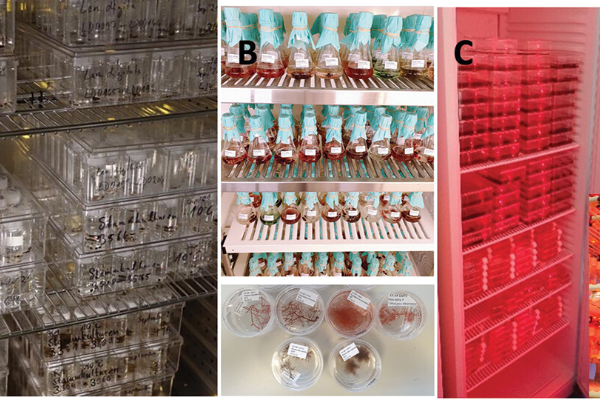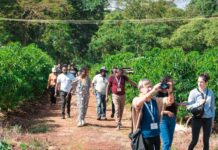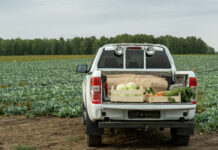
A group of scientists are pushing for a coordinated effort to preserve seaweed genetic diversity to help counter the effects of climate change and ocean acidification.
In a report published on 29 Apr 2025 in the European Journal of Phycology, researchers from across Europe advocate for the establishment of a comprehensive biobanking strategy aimed at safeguarding the genetic resources of macroalgae, commonly known as seaweeds.
The study emphasizes the critical role that seaweeds play in marine ecosystems and global climate regulation. Seaweeds are not only vital habitats and food sources for a multitude of marine species, but they also contribute significantly to oxygen production and carbon dioxide absorption, thereby mitigating the impacts of climate change.
However, the increasing threats posed by ocean warming and acidification are jeopardizing the survival of many seaweed species. These environmental stressors can lead to reduced growth rates, impaired reproduction, and even mass die-offs, which in turn disrupt the delicate balance of marine ecosystems.
To address these challenges, the scientists propose the creation of a European Board of Macroalgal Genetic Resources. This board would oversee the development of a centralized digital database that links existing biobanks across the continent, facilitating the collection, preservation, and sharing of seaweed genetic materials.
Professor Laurie Hofmann, a marine biologist at the Alfred Wegener Institute, Helmholtz Centre for Polar and Marine Research (AWI), and lead author of the report, stated: “Expanding seaweed cultivation in Europe can help contribute to many of the United Nations Sustainable Development Goals by supporting food security, biotechnological applications, and restoration. But in order to safely and sustainably support the expansion of the industry and prevent biodiversity loss in Europe, a coordinated strategy for preserving macroalgal genetic resources is critical.”
The proposed biobanking initiative aims to ensure food security, biosecurity, and the conservation of biodiversity. By preserving a wide array of seaweed genetic materials, researchers and industry stakeholders can develop more resilient and adaptable strains that are better equipped to withstand the adverse effects of climate change.
Moreover, the report highlights the economic potential of seaweeds, which are increasingly used in various industries, including cosmetics, biomaterials, food, and agricultural feed. The global biotechnology industry is witnessing a surge in interest in macroalgae due to their versatility and sustainability.
The scientists also underscore the importance of international collaboration in achieving these goals. By working together, countries can share resources, knowledge, and best practices to effectively conserve seaweed genetic diversity and promote sustainable aquaculture practices.
In conclusion, the report serves as a call to action for policymakers, researchers, and industry leaders to recognize the significance of seaweed conservation in the broader context of climate change mitigation and marine biodiversity preservation. Implementing a coordinated biobanking strategy is a crucial step toward safeguarding these vital marine resources for future generations.







